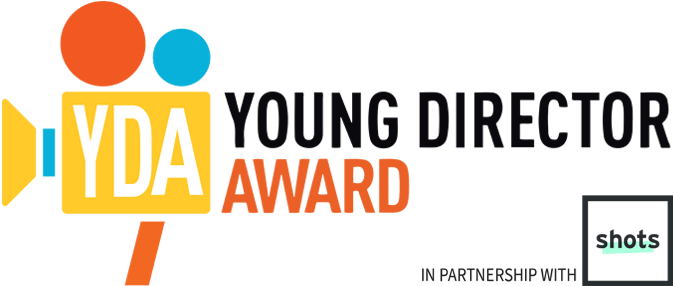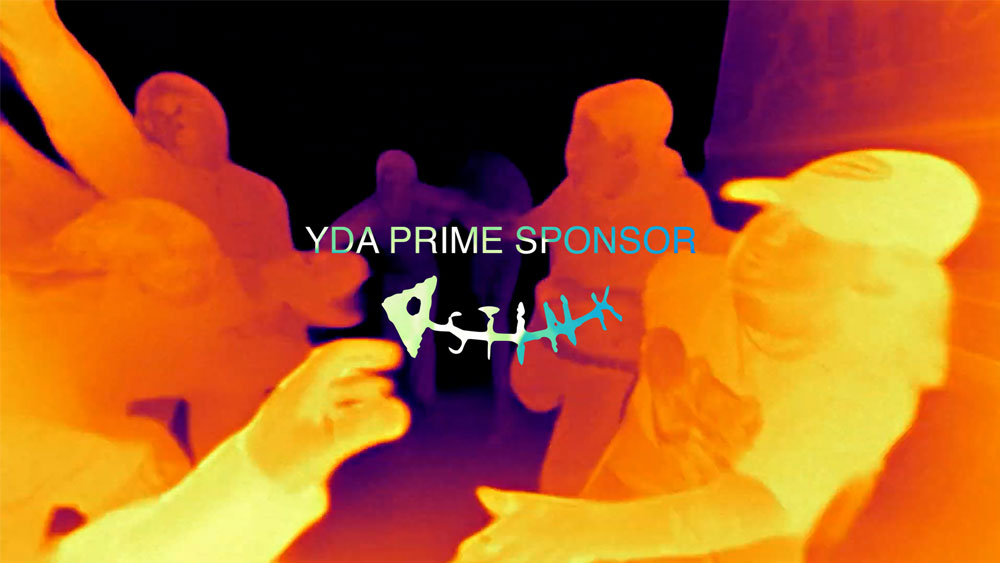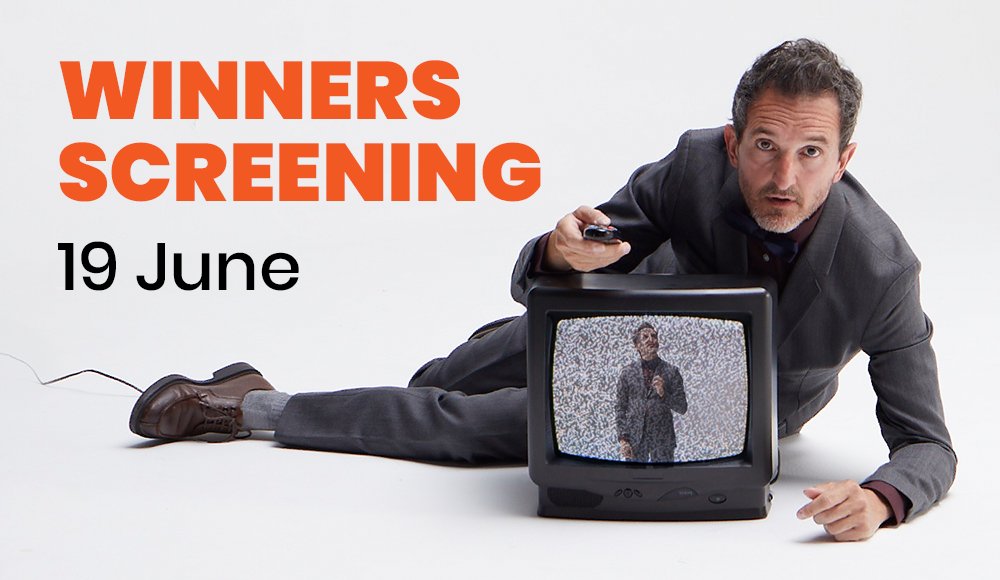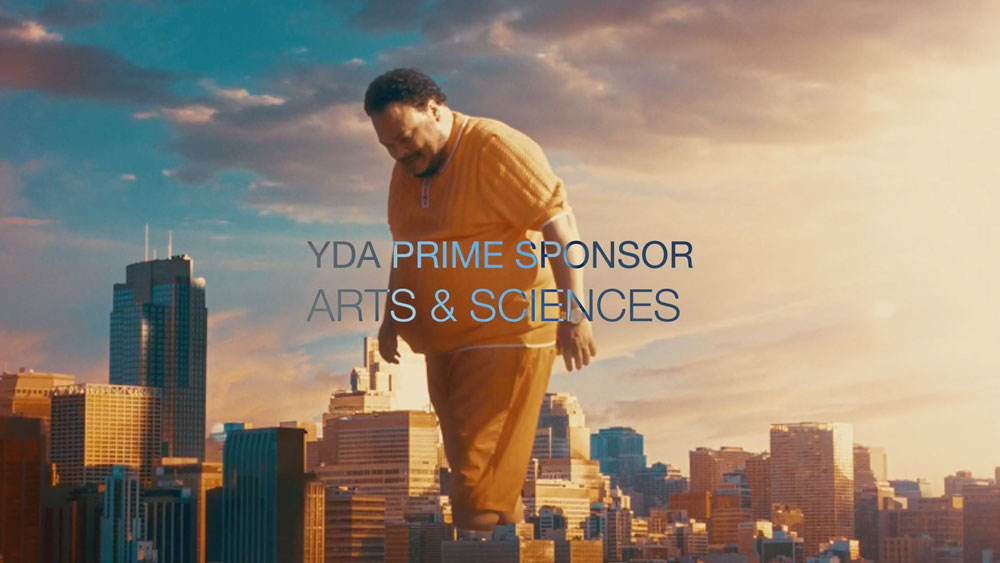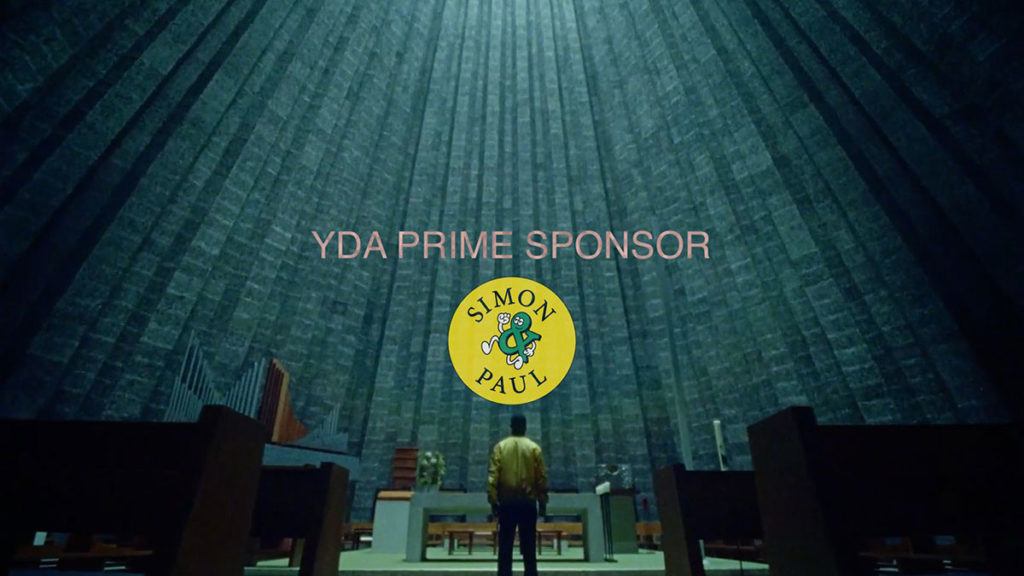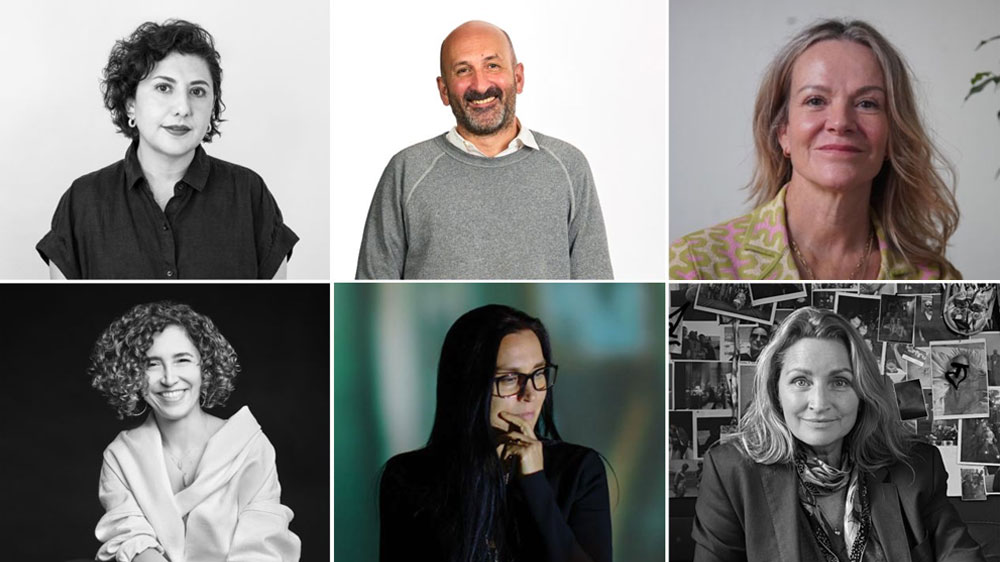Spindle director LIAKH picked up a Gold award at this year’s ceremony for his carefully curated and brilliantly comedic spot for the Sainsbury Centre. Here, he explains how the film is a “loveletter with a bit of darkness mixed in”, and why comedy is hard.
What was it about this project that appealed to you, and did you immediately know how you wanted to approach it?
The script came from independent agency Borne, and was written by the powerful Eoin McLaughlin. I’m a huge fan of his work, and generally I believe advertising and film is a writer’s medium. When the writing and the idea is good it’s much easier (and much more fun) to work out the best way to make a great film. The script came as a word document, mainly VO and description of a few scenes, so it was pretty open.
But, right from the get go, me, Stich and Emily [Jordan-Wilson, from Spindle] knew this could be a great opportunity – again, because the writing was so damn good, and because Stitch has a great gut-feeling about scripts.
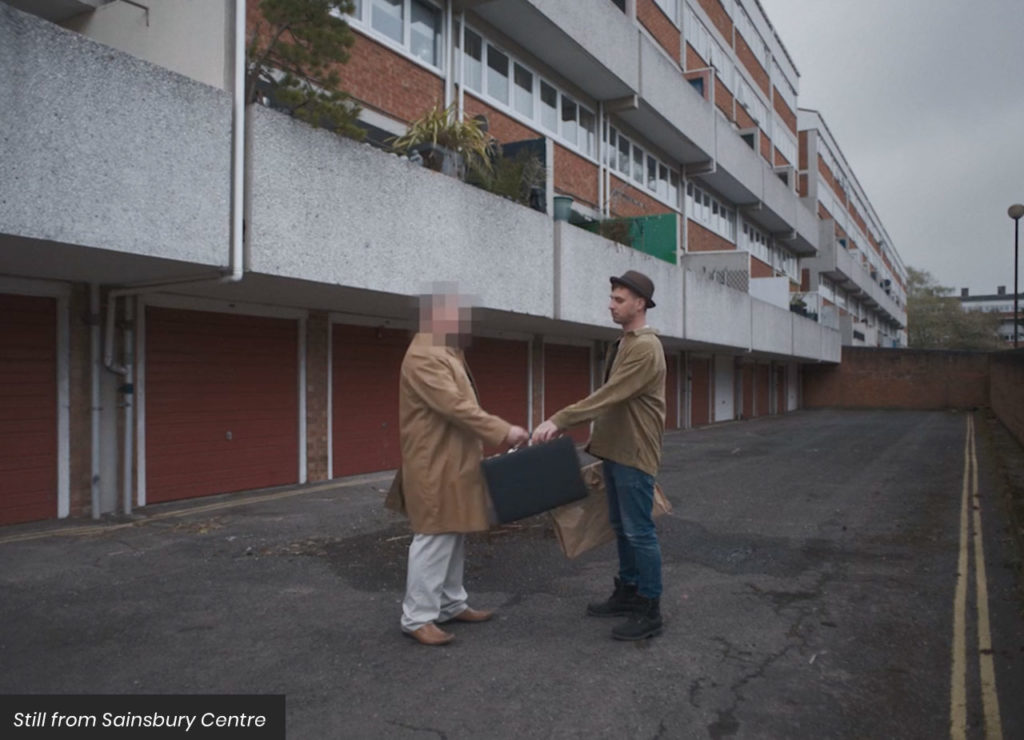
The Sainsbury Centre is an exciting museum, with good people at its helm, so I didn’t have to make myself care about the subject matter – I cared a lot right from the get go. I’m an art kid through and through, thanks to my mum. I knew I wanted to make a mixed-media, art-directed, vignetted story. Like a collection of ‘living paintings… no pun intended.
Because the script was so open, the writing phase on my end was about creating these tiny worlds, whilst keeping in mind the modest budget and expected limitations of a small-ish shoot. Arguably, thinking with clear limitations in mind is a good thing – it distils every idea to its very essence. I know I sound like a broken record – but that’s a writing exercise too! Also, I could finally use the 4:3 ratio for a conceptual reason. It’s a frame, get it? Like a painting. Okay. Nice.
How challenging was it to make a film about art that was both comedic and inspiring at the same time?
We had a few versions of the script that went pretty hard on everything that’s wrong with art institutions in this country. I, personally, love a satire that goes hard on its target, but in the context of this film, we had to find a good balance where we’re not pissing off everybody in the art/museum community but also not being all vanilla about the subject matter. So, that was a challenge, but also a good learning curve – I’m still learning how to reel in my angst at times, and I think I managed to do it this time.
People usually pay more attention when you don’t take yourself too seriously, even when you’re saying something important. At least, that’s what I found out in my short lifetime on this earth. What also helped is that I legitimately love the British museum and gallery world. London galleries and museums were my shelter in times of heartbreaks, grief and debilitating hangovers. So, it’s a love letter, with a bit of darkness mixed in. Like telling your friend you love him, but you wish sometimes he drank less on a night out.

Why do you think that a comedic approach to subjects is often overlooked in favour of more serious undertaking?
Alright, that is a loaded question. What I am about to say is only my opinion, so please, nobody get mad…
I think because comedy is harder! It’s hard to write, it’s hard to sell and it’s hard to know whether you nailed it. Response to serious films can be anything from quiet contemplation to tears of sadness, and a myriad of other emotions, and all of them are correct. Now, think about comedy – it’s binary. You either laugh, smile, or smirk. Or you don’t. So anything other than laughter is a loss, a bomb, a wasted effort.
Comedy is dependent on timing, delivery, pacing, etc. etc. etc. How do you sell a funny script, where some lines and ideas don’t read funny on the page? How do you convince a client it will be funny? There is nothing less funny than saying “it’ll be funny when we make it!”, but with film that’s sometimes the only correct answer. I guess you can also act out the whole film… anyway, on stage you know when the joke hits – you get an instant response. With film, you have to wait many moons until you know whether the joke worked. So, yeah, I think because it’s harder. And in the modern universe of shrinking budgets and scared clients, I tip my fedora to everyone making silly, dark and funny stuff. You’re all heroes, even if you bomb from time to time.
The voice over is an important – and successful – part of the film whereas, often, a VO can detract from a campaign; how did you make sure this worked perfectly?
Ah, thank you for the kind words. Sorry, but I will repeat myself – it works well, because it’s written well. At its best, VO is a character in a film, an actor behind the camera. So, just like with dialogue, it’s quite easy to get a good performance when the page is good. It’s hard to remember now, but we recorded a bunch of takes and versions in just under 1:30 hours. And it’s not a hard-selly ad, so there was no pressure or overt acting. Just a man with a pleasant voice watching the film and narrating it. I wish more branded work was like that.
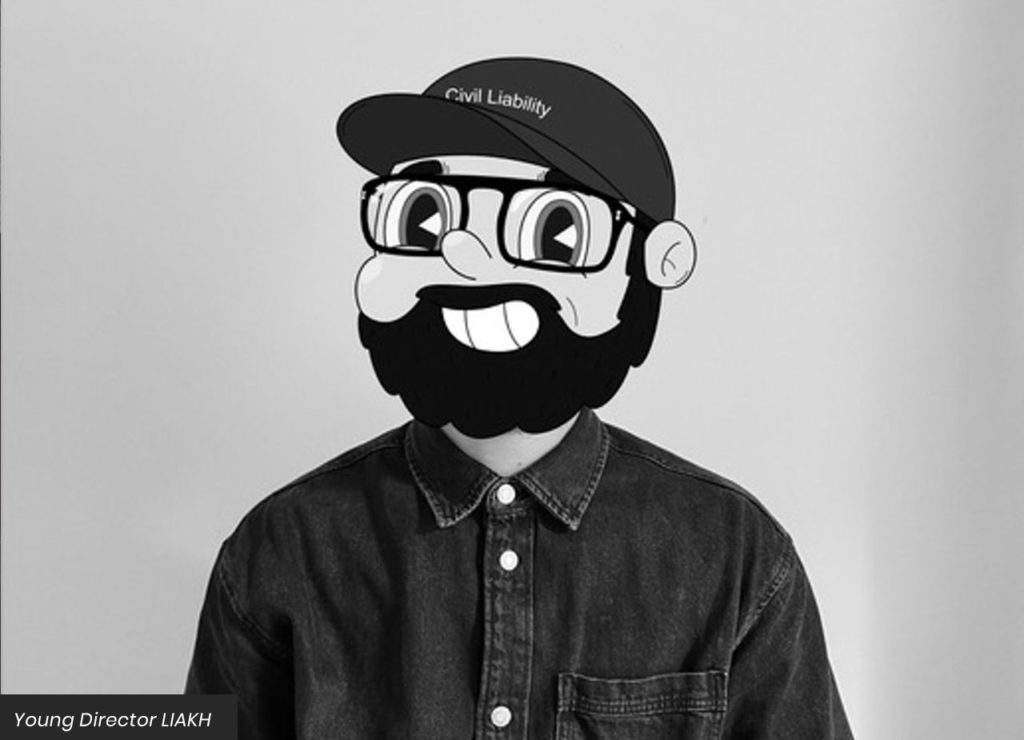
The editing is another important element of the film; was that difficult to get right?
To me, editing is what makes or breaks a film. Luckily, [Spindle editor] Tim Swaby was involved in the project early on and agreed to edit it when the time came. I love this man dearly, mostly for his skill and passion, but also because every edit session feels like a hang… just bouncing ideas, trying stuff, laughing and debating. Joe Page Brown jumped on board pretty early too to work on titles and design elements with me, and since all three of us are friends it was just a good old jam. Three adults playing with visual Legos and building stuff. The dream.
Once we locked down the narrative, we had enough time to punch up certain moments with animations, titles and insert shots. This was one of the easiest, most fun edits of all time. No egos, just pure unadulterated fun. Everyone at Spindle (looking at you, Mr. Greg Hackett) gave good notes and everyone involved in the film contributed to the edit and the overall tone one way or another. All the way to Alex Wilson-Thame who did sound and Dominic “Young Dom” Phipps who graded this bad boy. So, thank you, gang.
What was the most challenging part of working on this project?
Two things were a challenge, but in a “oh, right, that makes sense”, sort of way. Firstly, when we got to using shots and footage of real artworks displayed at the Sainsbury Centre, we quickly found we needed to get permission to do so. That included contacting artist estates or various bodies who had rights for the exhibits. My dumb brain forgets the details by this point, but it involved hours of looking through excel tables and email threads. Our producer extraordinaire (and Norwich local) Rachel Prendergast and the team at Sainsbury Centre worked magic, so we ended up featuring everything we wanted, and more. But just the sheer scale of stuff to get through – it takes a different part of the brain to not go insane.
Secondly, we had a very small crew, a cast of volunteers (most of who work for The Sainsbury Centre) and a bunch of set-ups to get through. Most of which were filmed on location in the Sainsbury Centre, with visitors walking around. We also needed to get up close and personal with very valuable art objects. The real challenge was to make every shot as good as we could, with limited control over light and space. Big shout out to [director of photography] Courtney Bennett and his crew, whose stoic attitude is only matched by his mad skills. I’m forever grateful to Mayling Wong, our EP of all things in Spindle, for introducing us.
Once again, having people much better than I am is the answer to most of life’s problems! But, you know how it is; projects where your passion for a subject matter, the writing, and the ambition all align are so few and far between… which is why, whatever other challenges we might have faced, I’ve forgotten. Only the good times stayed with me.
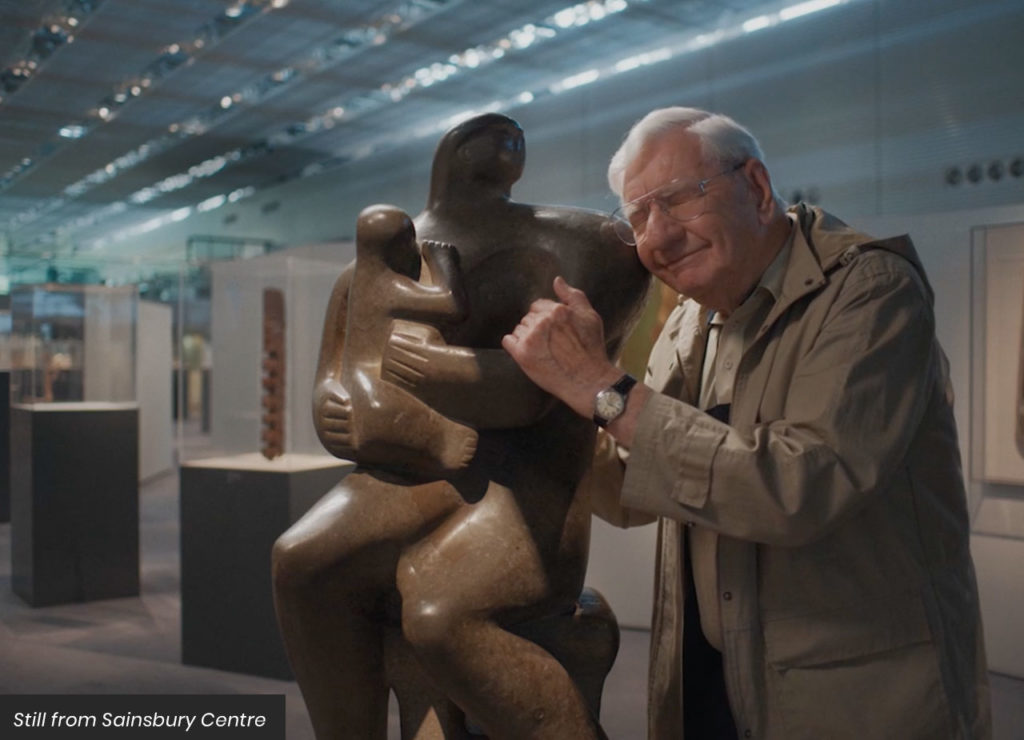
What does it mean to you to win a YDA and what can we expect to see from you in future?
It means everything and not a lot, at the same time. It means everything because I have this need to prove a bunch of stuff to myself and others. That I am a director. That I am a writer. That I can do this job. That I’m not a hack. It’s a fuel for ambition, but also anxiety. So, when you get recognised by people you look up to, and see your name amongst directors who you’re inspired by – it’s everything. We’re all suckers for recognition, right? But it’s better when you feel like you deserve it. Which I rarely do.
At the same time, it means not a whole lot, because I’ve done that film. As in, this film is in the past. People saw it, some people liked it, the Sainsbury Centre are proud of it as much as I am. It won awards. But what’s next? Will I be able to make cool stuff with my friends again? Does anyone care? What’s funny? Why is my email inbox empty? What’s for lunch? How soon is Putin going to die? These are the questions I will try to find answers for, while working my ass off.
I just want to be busy. I want to make more funny, dark, silly, kooky and, most importantly, interesting films. As long as they’re written well, have a point of view and love at their core. Luckily, the projects I am working on right now got all of the above. Now, I just need to not fuck it up. No pressure, Liakh!
Interview by Danny Edwards shots
